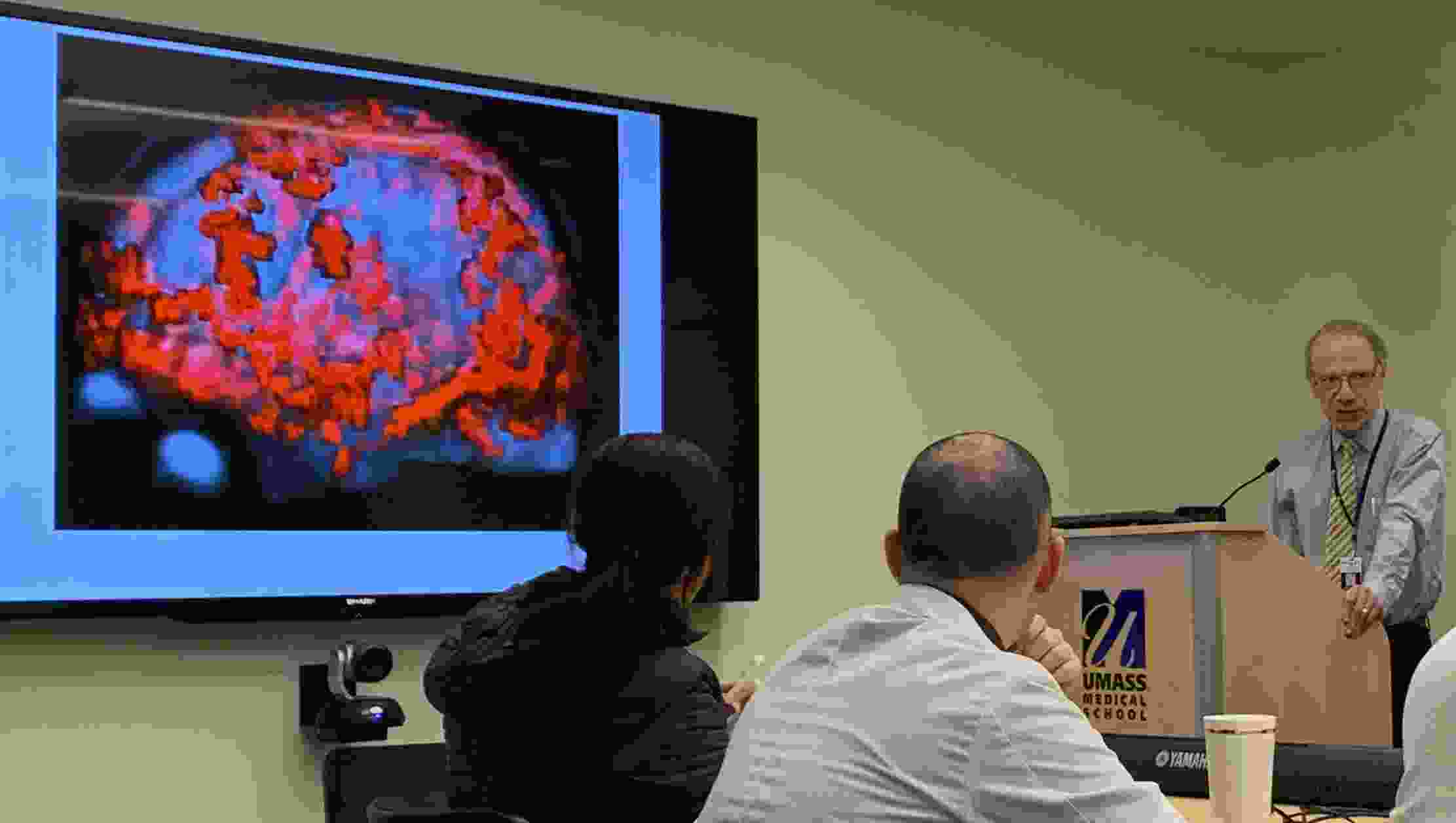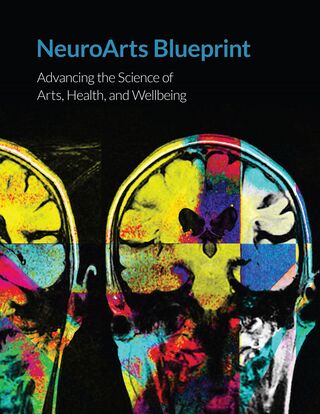At the Intersection of Humanities and the study of the Brain, Interesting things are Happening.
Wednesday, February 26, 2025
(0 Comments)
Posted by: International Narrative Practices Association

Research is leading indications that training neuroscientists in the arts and humanities may lead to a more holistic and comprehensive understanding of the human brain and its functions. By integrating disciplines such as philosophy, literature, and history
into neuroscience education, researchers can gain insights into the cultural, ethical, and social contexts that shape human cognition and behavior. This interdisciplinary approach encourages critical thinking and fosters creativity, enabling neuroscientists
to formulate innovative hypotheses and develop novel research methodologies. Additionally, exposure to the arts and humanities helps neuroscientists communicate their findings more effectively to diverse audiences, bridging the gap between scientific
communities and the general public.
The benefits of this integrative education extend beyond research and communication skills. Neuroscientists trained in the arts and humanities are better equipped to address complex ethical dilemmas and societal challenges related to their work. They
can draw on philosophical principles and historical perspectives to navigate issues such as privacy, consent, and the implications of emerging technologies. Furthermore, engaging with literature and art can enhance empathy and emotional intelligence,
which are crucial for patient care and collaboration within multidisciplinary teams. Overall, incorporating the arts and humanities into neuroscience training enriches the field, promotes interdisciplinary collaboration, and ultimately contributes
to a deeper understanding of the human experience.
Here are a couple of notable examples of successful neurohumanities collaborations:
The Neurohumanities Research Group at Duke University: This group, led by Professor Deborah Jenson, has been pioneering the integration of neuroscience and the humanities. They have designed and taught one of the first undergraduate courses
in the field, intriguingly titled "Flaubert's Brain." This course explores the intersection of literature and neuroscience, examining how narrative and literary techniques can inform our understanding of cognitive processes.
The Neurohumanities Partnership at the National Centre for Biological Sciences (NCBS): This collaboration focuses on exploring the human experience through the lens of both neuroscience and the humanities. One of their key projects involves
the concept of "neural schemas," which aims to investigate how the brain organizes and interprets complex information. This interdisciplinary approach has led to meaningful progress in understanding the neural underpinnings of human cognition and
behavior.

The potential of neurohumanities collaborations to enrich our understanding of the brain and its connection to human culture and experience offer exciting possibilites for education, and the treatment of neuro-divergence and neuro disorders.
Read this open access study and eploration for more: https://pmc.ncbi.nlm.nih.gov/articles/PMC11694799/
|
 Welcome to Narrative Mindworks!
Welcome to Narrative Mindworks!